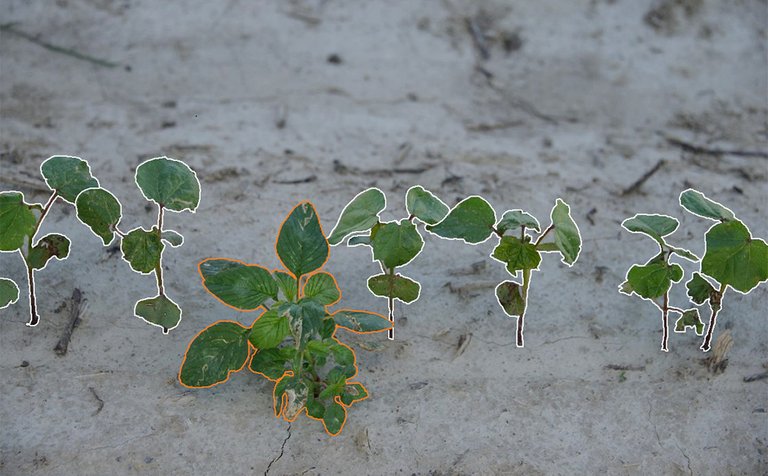There are multiple ways to classify weeds, in this post I will describe the most relevant of the group of biological and artificial ways, for example, according to their aggressiveness the noble or little aggressive weeds should be eliminated from the dishes or root zone and should be left in the streets, so that they protect the soil from erosion.



▶ In this way the cultivated plants will be well nourished and can produce good harvests. The total elimination of weeds can cause biological imbalances in the environment and facilitate the appearance of some pests and diseases such as bollworms and the coffee leaf miner.

▶ Credits: globalagriculturalproductivity. – [Image of Public Domain]
≕ I invite you to stay tuned and read my next contribution ≔
The control of weeds is successful, profitable and convenient if different methods are integrated, Mechanical: machete or scythe. Chemical: herbicide, using the weed selector.
According to botanical classification, the basic units of weeds are: genus, species and family, which in turn are grouped into orders, classes and divisions; these different categories, if you want abstract, place a plant at different levels within the framework of taxonomic classification. By way of example, the taxonomic classification of the corocillo (Cyperus rotundus L.) is as follows: genus Cyperus rotundus species family Cyperaceae; subclass Monocotyledonous; class Angiosperma; division Tracheophyta.
The taxonomic classification allows the international exchange of information between scientists or technicians in the specialty of Botany or "Malerbology", a neologism applied to the disciplines that study weeds and their effects on cultivated plants.

Weeds or arbenses, according to classification by life cycle, under this system plants are grouped according to their longevity; many authors group them into annuals, biennials and perennials. In the tropics, given its climatic conditions and forms of plant reproduction, they could be classified into annuals, perennials and semi-perennials or obligate perennials.
NOTE: Reference material.
Classification of weed species using artificial neural networks based on color leaf texture feature.